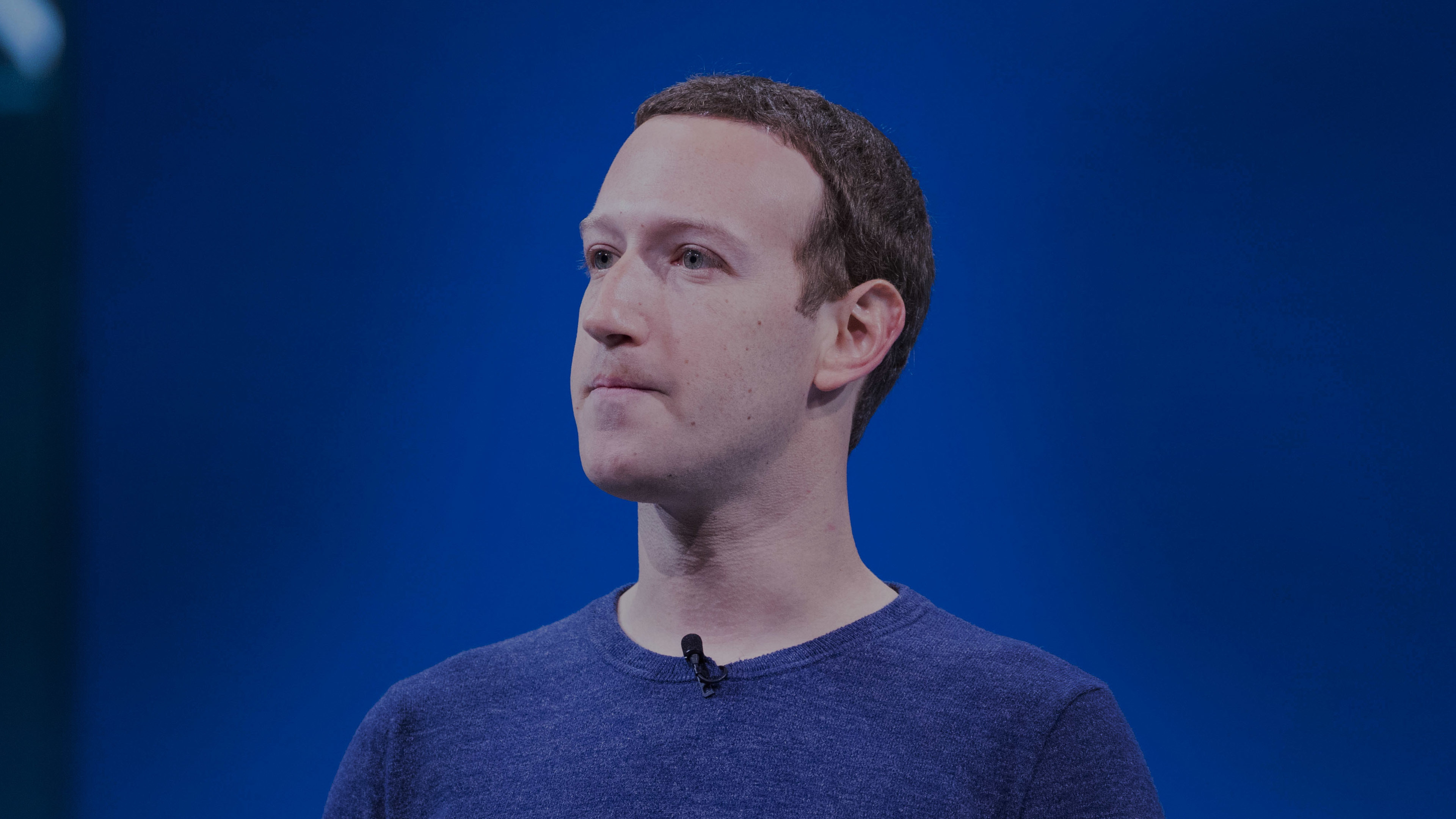Big Tech companies are swallowing up nascent competitors. Why aren’t regulators paying attention?
The Big Tech companies, including Google, Facebook, Amazon, Microsoft and Apple, have individually and collectively engaged in an unprecedented number of acquisitions. In a new paper, Big Tech Acquisitions and the Potential Competition Doctrine: The Case of Facebook we document the 90 completed acquisitions made by Facebook since 2007 and consider the applicability of the potential competition doctrine to two of their largest purchases.
Tech giants like Facebook operate in markets with unique features such as strong network effects that can “tip” the market toward domination by a single firm. But these effects are a two edged sword. Creative start-up companies with innovative products can also capture network effects that allow them to scale quickly, gain a large user base, and blossom into a competitive rival of the dominant firm. This potential for start-ups to challenge market leaders reinvigorates the competitive process within the dominant firm’s core market. In this context, acquisitions of nascent competitors by dominant firms undermine both current and future competition and reinforce the incumbent’s dominance in the face of technological shifts.
So why has there been so little attention by the antitrust agencies in the face of hundreds of mergers involving potential future competitors by the Big Tech companies? We argue that the potential competition doctrine that would be directly applicable to these situations was an early casualty of the Chicago School revolution that swept through the antitrust world in the 1970s and 1980s. In particular, Justice Powell’s 1974 decision in United States v. Marine Bancorporation undermined the applicability of the potential competition analysis in a manner that rendered it virtually impossible to apply to online platform markets. Following the election of Ronald Reagan, the Department of Justice followed suit with new merger guidelines hobbling the doctrine even further.
We illustrate the consequences of the attenuated potential competition doctrine in the context of Facebook’s $1 billion purchase of Instagram in 2012 and its $19 billion WhatsApp deal in 2014. Both of these mergers avoided challenge by the antitrust authorities, yet have been strongly criticized by antitrust commentators. The details of these acquisitions are revealing. In 2012 Facebook was under pressure from investors ahead of its IPO while simultaneously struggling to reorient its network from a desktop-based platform to a mobile user base. In this period mobile-native applications with social features such as Instagram and Foursquare were attracting growing user numbers and threatened to draw user engagement away from Facebook precisely when its revenue base was under scrutiny. Instagram was particularly popular among younger users who focused on mobile photo sharing. Industry analysts suggested that Instagram was posed to challenge Facebook in its core social networking market. By applying the evidentiary standards required for a challenge under the potential competition doctrine, we show that even the strong prima facie case for Instagram as a potential competitor is difficult or impossible to establish under the extraordinary levels of proof required by the doctrine.
Similarly, in 2014 WhatsApp was the largest and fastest growing messaging application in the world. It was reliable, affordable, worked across national borders, and offered end-to-end encryption. Importantly, WhatsApp was popular in markets where Facebook Messenger was a late entrant and it was growing at a record rate. At the time of the acquisition WhatsApp had 450 million monthly active users and was gaining one million users per day. WhatsApp users were also unusually engaged; more than seventy percent of WhatsApp users accessed the app daily. WhatsApp could have been a critical entry point into the social network market and a challenge to Facebook. However, once again the relevant antitrust agencies did not see a problem based on an analysis of potential competition.
We contend that the problem of merger control in high tech industries is not related to technological innovation or changes in market structure. Instead, it is related to the continued hold of the Chicago School of Antitrust which hobbled the potential competition doctrine in a manner that made it for all practical purposes irrelevant. The Instagram and WhatsApp examples demonstrate how the potential competition doctrine is designed to fail. We argue that to untie that hands of the antitrust agencies, the enormous upfront proof requirements of the prima facie case imposed by the Chicago School on antitrust plaintiffs must be replaced with a simple structural presumption that high tech firms in concentrated markets that purchase start-up companies in adjacent or proximate markets creates a rebuttable presumption of illegality. At that point the burden would shift to the proponents of the acquisition to demonstrate that the merger would not harm competition in any market. Under this approach the current barriers to challenge potential competition mergers can be lessened without sacrificing the importance of a full competitive analysis.







